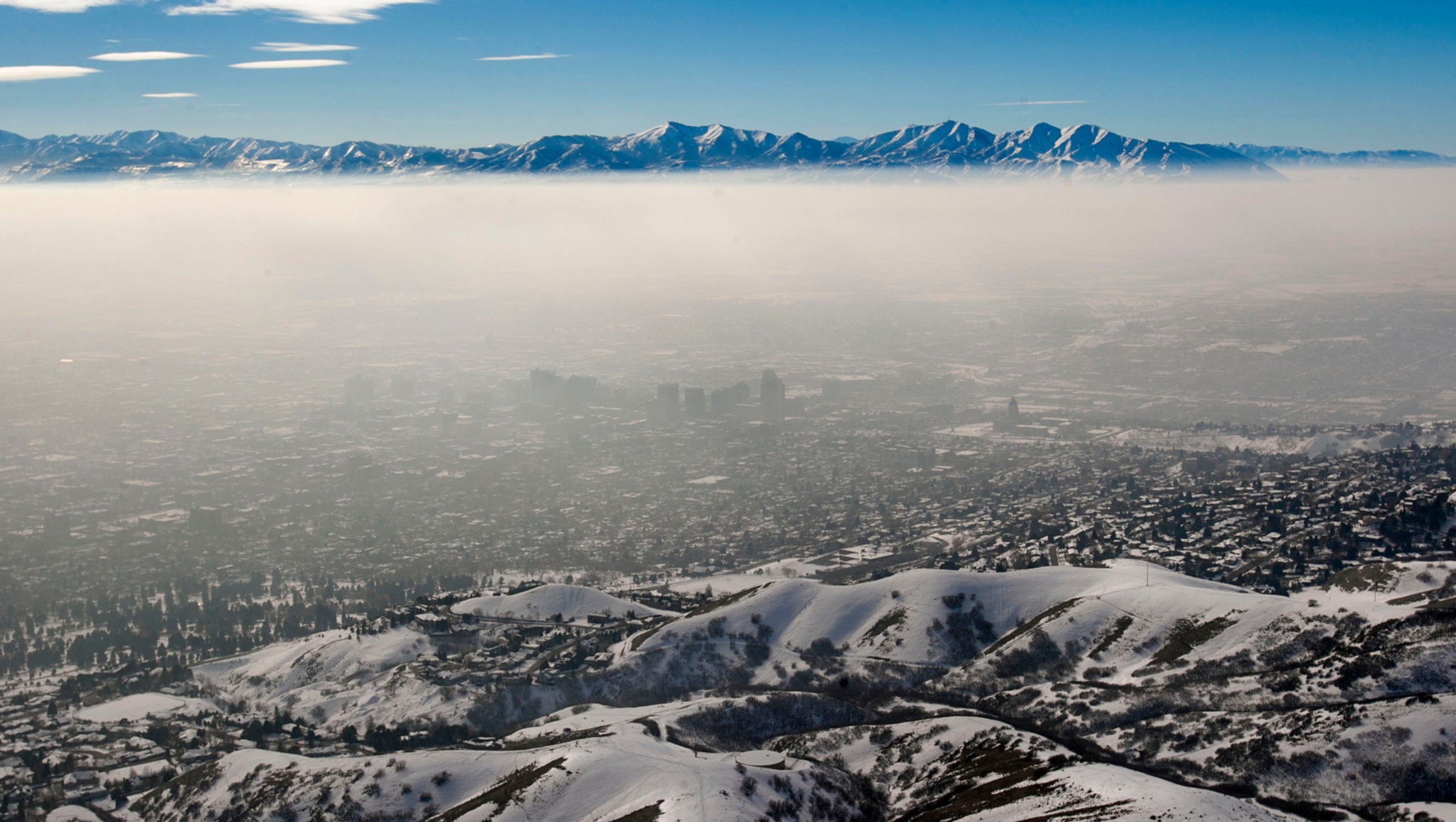We hardly ever think about air. We use it automatically and seldom spare it a thought. But did you know that our air quality is protected?
The Cape Winelands District Municipality (CWDM) has a large Municipal Health Services (MHS) department. One of their functions, is to ensure that the air around us is safe. The Department of Environmental Affairs and Development Planning DEAD&P recently hosted a workshop for the air quality officers of CWDM, local municipalities and related role players in Worcester.
In the Cape Winelands both the CWDM and the Local Municipalities have Air Quality Officers (AQOs), who have designated responsibilities pertaining to air quality management, to ensure that the diversity of air pollution issues is managed in the most effective manner.
To illustrate, the CWDM’s Air Quality Officer is mandated to monitor the emissions caused by all listed activities, such as those found at brick manufacturers. While the local municipality’s Air Quality Officer is responsible for the monitoring of emissions such as those created at a sewerage plant or manage noise control. Air Quality Management requires teamwork and collaboration between local, district and Provincial AQO’s to protect the community and build on our constitutional right to a clean environment.
The AQOs are guided by several plans, frameworks and policies pertaining to air quality management, within the Air Quality Act, providing the regulatory tools and mandates to protect and enhance the quality of air. The Air Quality Act has national ambient air quality standards for criteria pollutants from point and non-point sources such as Carbon Monoxide (CO), Sulphur Dioxide (SO2), and Nitrogen Oxide (NO2), ext. These intended to be health-based, and broadly accepted as a proxy for air that it not harmful to health and well-being. Furthermore, the Air Quality Act also prescribe minimum emission standards, setting limits on the amount of pollution for all listed activities and controlled emitters.
Although there are many forms of air pollution the topics discussed at the workshop were: odours, dust and noise. Each of these pollutants are managed differently with supporting regulations from national and local government.
Smells (or odours as they are referred to when they are unpleasant) have a variety of causes, however not all odours are dangerous to people or the environment, even so we shouldn’t ignore our noses when we pick up a strange smell, as it could be alerting us to a nearby fire or tell us that food has turned bad. But, because smell is subjective, in other words what one person may find offensive, another may not even notice, which creates challenges in managing and regulating it. All premises must take reasonable steps to prevent emissions of any offensive odours.
Odours have a range of causal factors, from food manufacturing to the agricultural sector’s controlled burns. There are also a wide range of factors that impact how an odour dissipates. In the Cape Winelands, the weather and our unique geological landscape often cause a condition called an inversion. This is when cooler weather settles on top of the warm air in a specific area and prevents the air from escaping. In essence, the mountain around a valley acts like the walls of a pot, keeping the air still and warm. The cooler air then settles on top of this layer of hot air, like the lid of a pot, trapping smells and heat and preventing the odours from dissipating naturally.
Inversion
When odour pollution is detected, the AQO’s will
First undertake an odour assessment to determine whether the odour is objectionable or offensive which could have inherent adverse effects to the environment or human health They look at aspects such as the frequency, intensity, duration, offensiveness, location, and weather conditions at the time of the pollution. Based on these outcomes, actions and procedures can be followed to address the situation.
Dust is another air pollutant that can cause grave discomfort among citizens Sources of fugitive dust include industrial, agricultural and construction activities. To ensure that facilities remain within the accepted norms, the air quality may request the facility to perform dust fall monitoring to measure the dust fall rate over a 30-day sampling period. The regulated dust fall standards for acceptable residential and non-residential dust fall rates may not be exceeded. The legislated scientific fallout dust collection can quantify and help identify the source of airborne dust particles. Subsequently, following careful analyses of the dust fallout results in relation to site influences, preventative or minimization measures are put in place to prevent or reduce any future pollution.
Dust Collector
The third form of air pollution, noise, may come as a surprise to many readers There are of course certain noises that are louder and considered more problematic than your neighbour’s 3am pool party!
Offensive noise is divided in noise nuisance and disturbing noise. Noise nuisance is subjective and means any sound which impairs or may impair the convenience or peace of a reasonable person such as an unamplified human voice or animal noises. A noise disturbance is objective where a measurable decibel reading is taken to access compliance to allowable legal noise limits. Continuous noise from an industry far above the existing ambient noise level could be a disturbance noise.
Noise control is a local municipal function in terms of Schedule 5B of the Constitution, should there be a offensive noise residents can report it to their local municipality, so that the AQO can investigate the cause.
During the workshop the air quality officers highlighted the problems that generators are causing in residential areas and a lively discussion on ways of encouraging polite generator use ensued. One of the problems is that residents are placing their generators as far as possible from their own homes so that they are not affected by the noise, but this means that it is often situated very close to the neighbour’s home. Another problem is that residents put generators in their garage, and although this does reduce the noise, it is dangerous should there not be air circulation from open windows or doors.
The attendees of the workshop shared their experiences and details of how they resolved complicated issues.
So, the next time you find yourself outdoors, hearing the birds, smelling the fresh veld and breathing in clean air, spare a thought for the teams of air quality officers who work hard to keep our air fresh!
Air Quality Protection:
The National Environmental Management: Air Quality Act (Act 39 of 2004) (NEM:AQA) makes provision for several air quality management tools and instruments that are necessary to minimise the amount of pollution that enters the environment.
The National Dust Control Regulations, promulgated on 1 November 2013 under Regulation R827, section 32 of NEM:AQA states: “The Minister or the MEC may prescribe measures for the control of dust in specific places or areas, either in general or by specific machinery or in specific instances; steps that must be taken to prevent nuisance dust; or other measures aimed at the control of dust”.
Local municipalities designate Noise Control Officers with the necessary competencies under the Western Cape Noise Control Regulations (PN 200/2013) to perform noise control functions within their municipal region.


